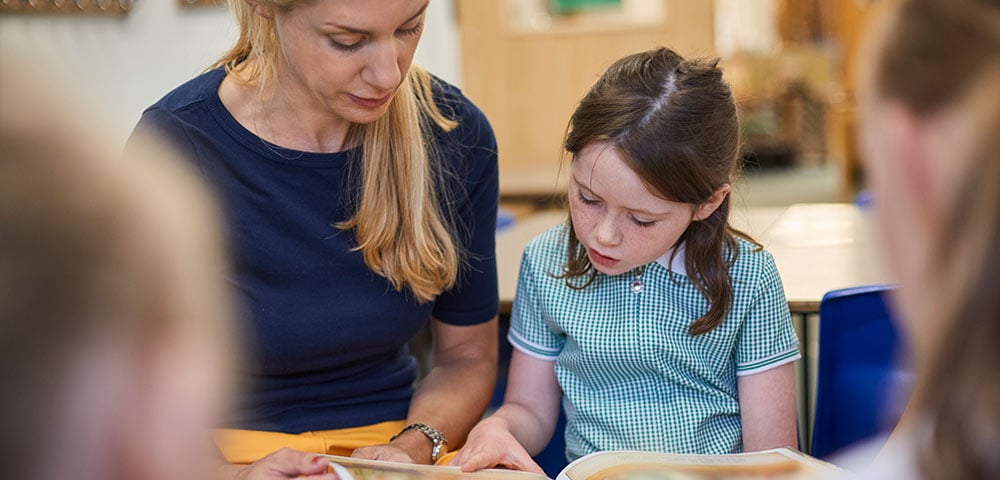Baseline assessment, to test, or not to test, that is the question…
To test, or not to test? That is the question which provokes one of the most keenly fought debates in education policy, and which can lead to soul...

Login | Support | Contact us
Dr Lee Copping : Jan 24, 2017 12:04:00 PM
2 min read

Low attainment is acknowledged to be one of the most serious problems in mathematics education.
The proportion of the very lowest attaining students at the end of Key Stage 3 has roughly doubled since the 1970s. This group now constitutes about 15% of the Year 9 cohort and these students have difficulty answering even basic questions about core ideas from the primary curriculum.
Evidence from the Investigating Confidence and Competence in Algebra and Multiplicative Structures (ICCAMS) study indicates that the problem of low attainment in mathematics is getting worse rather than better.
Jeremy Hodgen (Professor of Mathematics Education, University of Nottingham) is leading a collaborative project designed to study the causes of and solutions to low attainment in secondary mathematics.
The collaboration involves Rob Coe (Director of CEM and Professor of Education at the School of Education, Durham University) and CEM colleagues, Dr Lee Copping and Dr Karen Jones, as well as Professor Margaret Brown from King’s College London.
Funded by the Nuffield Foundation, the IMAP (Investigating Mathematical Attainment and Progress) project will develop a new test targeted at low-attaining secondary students’ knowledge of number, multiplicative reasoning and algebra.
A new computer-based test will be used alongside student and teacher interviews, to examine the mathematical concepts that low-attaining secondary students understand and to profile their particular strengths and weaknesses.
The project began in September 2015 and will end in December 2017. It aims to provide evidence to inform policy and practice directed at narrowing the achievement gap in mathematics, improve the teaching of secondary low attainers, and inform the design of appropriate interventions.
The project will use CEM’s MidYIS assessment which assesses students in four key areas (vocabulary, mathematics, non-verbal and skills) to gauge the ability range of Year 9 pupils. The project will also include a systematic review and meta-analysis of the existing literature about classroom strategies addressing low attainment in mathematics.
The IMAP Project will examine multiple potential causes of low attainment and attempt to quantify their relative contribution to maintaining the attainment gap. These include:
The computer-based assessment contains 91 items in total and can be administered comfortably within a 50-minute session. It has been trialled and validated and is currently being used to gather data in a large number of primary and secondary schools across the country.
So far, about 90 interviews with pupils have been carried out, exploring various areas within number and pre-algebra and also pupils’ perspectives on learning mathematics.
A systematic search of the literature has been conducted and a large number of existing meta-analyses relevant to low attainment in secondary mathematics have been identified.
Findings from the project will be shared with teachers at the Association of Teachers of Mathematics conference and the Mathematical Association annual conferences on completion, and subsequently in workshops with teachers.
Research papers and a full report will appear in due course.

To test, or not to test? That is the question which provokes one of the most keenly fought debates in education policy, and which can lead to soul...

by Professors Christine Merrell and Peter Tymms Last week saw the publication of the new online and open-access report, Understanding What Works in...

by Professor Robert Coe We’ve all done it: observed another teacher’s lesson and made a judgement about how effective the teaching was. Instinctively...